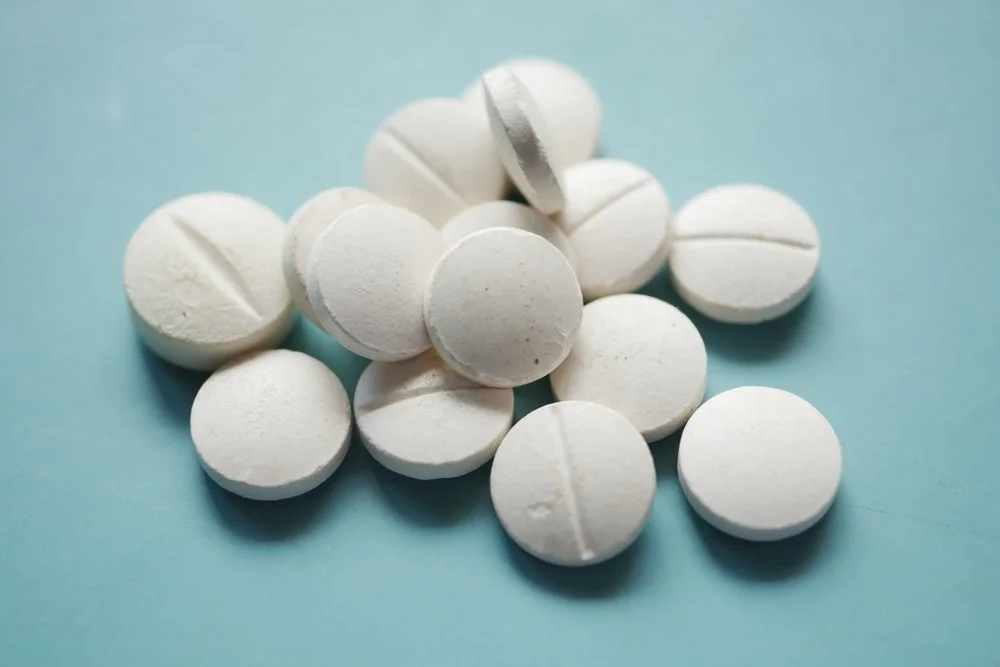What is an Overdose?
An overdose occurs when a person consumes a toxic amount of a substance, overwhelming the body's ability to process it safely, leading to severe health complications or death. Overdoses can happen with various substances, including prescription medications, over-the-counter drugs, illegal drugs, and alcohol. Here are some key points to understand about overdoses:
Types of Overdoses
Intentional overdoses occur when an individual deliberately consumes an excessive amount of a substance, often in a suicide attempt or self-harm.
Accidental overdoses happen unintentionally, often due to misjudgment of dosage, drug interactions, or consuming substances with unknown potency.
Common Substances Involved
Opioids: Heroin, fentanyl, prescription painkillers like oxycodone, hydrocodone, and Percocet.
Stimulants: Cocaine, methamphetamine, prescription stimulants like Adderall and Ritalin.
Depressants: Alcohol, benzodiazepines (e.g., Xanax, Valium), barbiturates.
Other Substances: Over-the-counter medications (e.g., acetaminophen, antihistamines), synthetic drugs (e.g., synthetic cannabinoids, bath salts).
Signs and Symptoms of an Overdose
The signs and symptoms of an overdose can vary depending on the substance involved. Learn to recognize the signs of an overdose. Common indicators include:
Opioid Overdose
Unconsciousness or inability to wake up
Slow, shallow, or no breathing
Snoring or gurgling sounds
Pinpoint pupils or eyes rolled back
Blue or grayish skin, lips, or nails
Limp body, body feels cold
Slow or erratic pulse
Stimulant Overdose
Agitation or extreme restlessness
Rapid heartbeat and high blood pressure
Chest pain
Seizures
High body temperature
Hallucinations or paranoia
Depressant Overdose
Severe drowsiness or unresponsiveness
Slurred speech
Loss of coordination
Slow or shallow breathing
Confusion or disorientation
Coma
Alcohol Overdose
Confusion or stupor
Vomiting
Seizures
Slow or irregular breathing
Hypothermia (low body temperature)
Unconsciousness
Responding to an Overdose
Call for Help: Immediately call 911 if you suspect someone is overdosing.
Administer Naloxone: If opioids are involved, naloxone can reverse the effects of an overdose. It is available in nasal spray or injectable forms.
Provide Basic Life Support: Perform CPR if the person is not breathing or their heart has stopped.
Stay with the Person: Stay with the person until help arrives, monitoring their condition and providing any necessary first aid.
Prevention Strategies
Education: Increase awareness about the risks and signs of overdose.
Safe Prescribing Practices: Monitor and regulate prescription medication use.
Harm Reduction Services: Provide needle exchange programs, supervised consumption sites, and access to naloxone.
Support Services: Offer addiction treatment and mental health support.
Understanding what an overdose is, recognizing the signs, and knowing how to respond can save lives and help prevent the tragic consequences of substance misuse.





